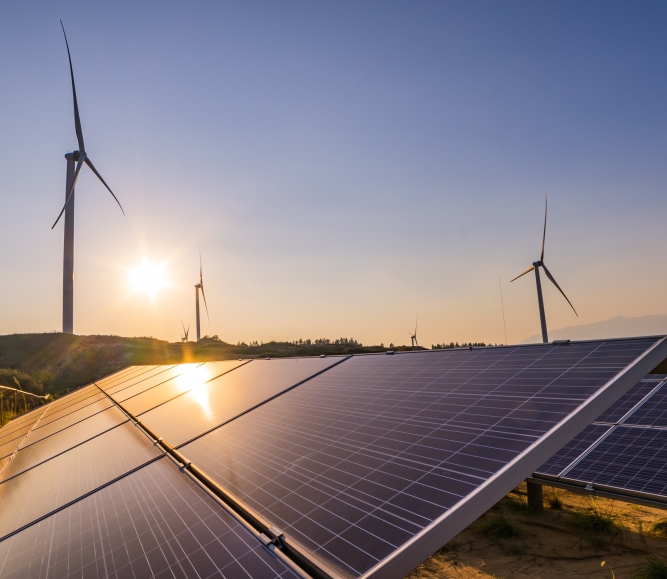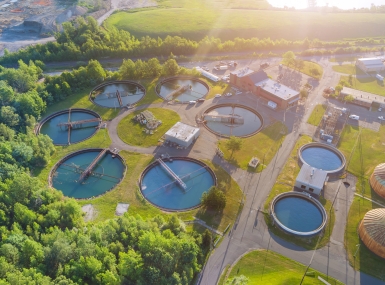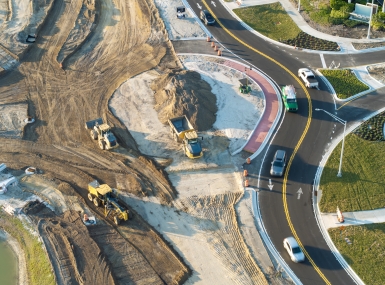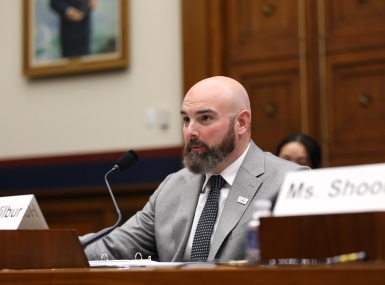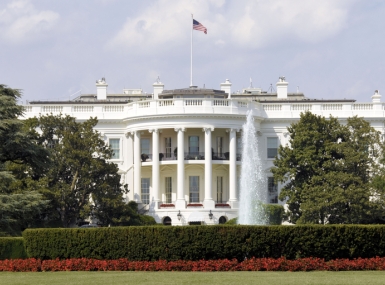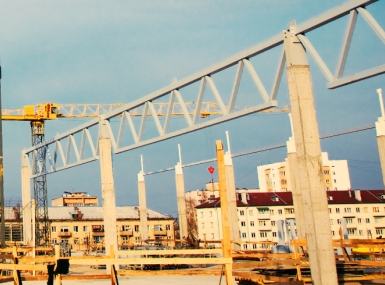What Counties Need to Know About Direct Pay in the Inflation Reduction Act

Author
Upcoming Events
Related News
The Inflation Reduction Act (IRA) expands, extends and establishes new tax incentives in order to advance the development and deployment of clean energy. Notably, the IRA also establishes a new mechanism called direct pay for tax-exempt entities, including counties, to be able to directly access many of these incentives.
What Is Direct Pay?
The direct pay option provides a new pathway for counties to access the clean energy tax incentives in the IRA that previously would have only been available to tax-paying entities. Instead of receiving a tax credit, counties will be able to apply for and receive a refund equal to the amount of the credit.
The direct pay option will allow local governments, public utilities and entities like rural electric cooperatives to pursue renewable energy projects on their own without having to rely on outside financing, putting them on an even playing field with the private sector. This provides an opportunity to increase access to clean energy and reduce emissions in a cost-effective manner.
How Can Counties Use Direct Pay?
Counties can utilize the direct pay option to finance multiple projects, including:
- Installing energy facilities such as solar, wind and microgrid facilities
- Converting county vehicle fleets, including police cars, school buses, and garbage trucks, to zero- or low-emission
- Installing electric vehicle (EV) charging stations
Available Clean Energy Tax Credits
The IRA makes several clean energy tax credits available to counties under a direct pay option. These include:
Clean Electricity and Reducing Carbon Emissions |
|---|
Renewable Energy Production Tax Credit |
Renewable Energy Property Investment Tax Credit |
Zero-Emission Nuclear Power Production Credit *NEW* |
Clean Electricity Production Tax Credit *NEW* |
Clean Electricity Investment Tax Credit *NEW* |
Credit for Carbon Oxide Sequestration |
Clean Fuels |
Clean Fuel Production Credit *NEW* |
Clean Hydrogen Production Tax Credit *NEW* |
Clean Vehicles |
Alternative Fuel Vehicle Refueling Property Credit |
Credit for Qualified Commercial Clean Vehicles *NEW* |
Clean Energy Manufacturing |
Advanced Energy Project Credit |
Advanced Manufacturing Production Credit *NEW* |
*The U.S. Department of the Treasury, which is responsible for implementing the tax provisions of the IRA, is expected to publish guidance on the direct pay election process, including how counties and other tax exempt entities can claim the option, in the near future.
How Can Counties Maximize the Direct Pay Amount Available?
In order to claim the full direct pay amount available, certain apprenticeship and prevailing wage requirements must be met. The apprenticeship and prevailing wage requirements will apply to qualifying facilities, projects, property or equipment that begins construction on or after January 29, 2023.
The IRA also sets forth other criteria that could increase the value of the direct payment by 10 to 30 percent. These criteria revolve around meeting certain domestic content requirements and placing projects in ‘energy communities’ or low-income communities.
Resource
Legislative Analysis for Counties: The Inflation Reduction Act
